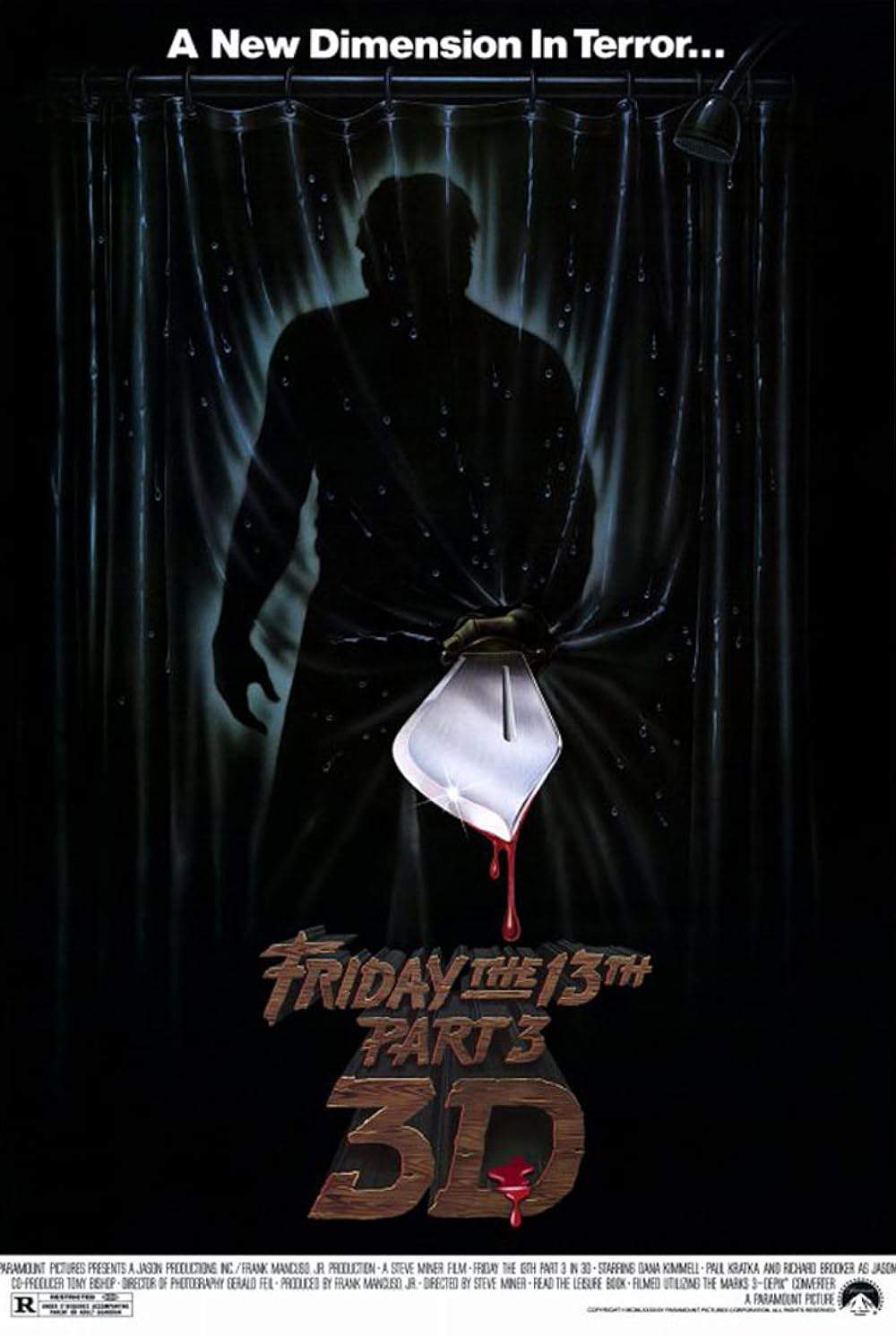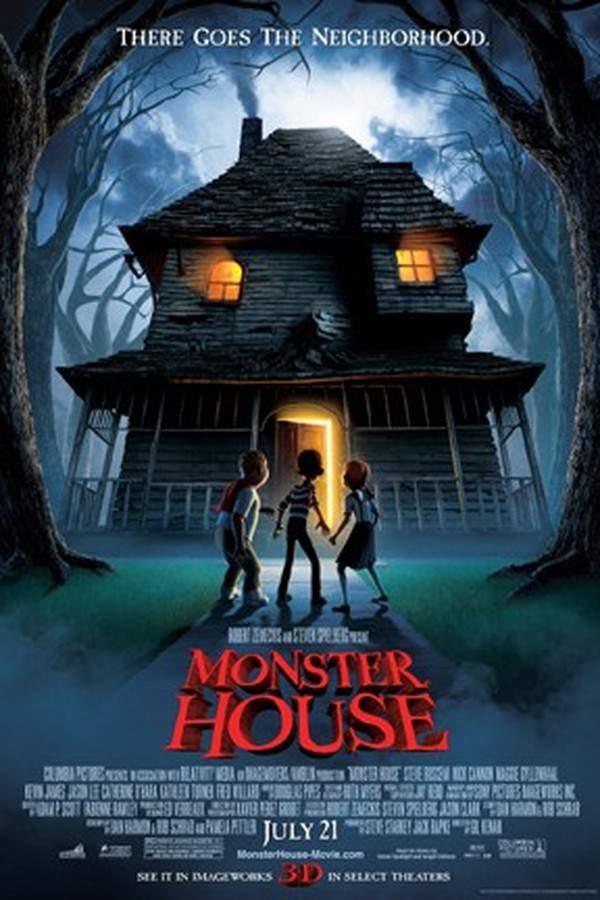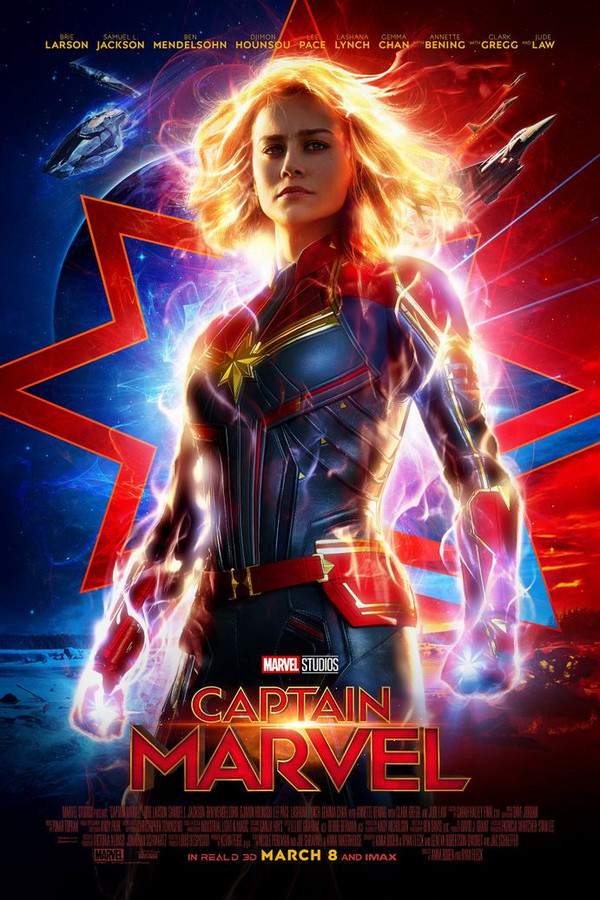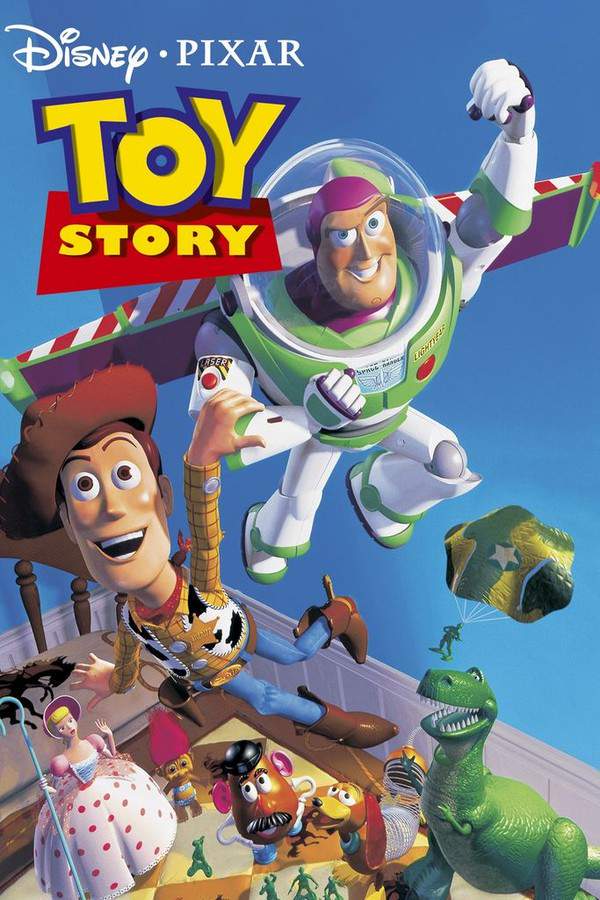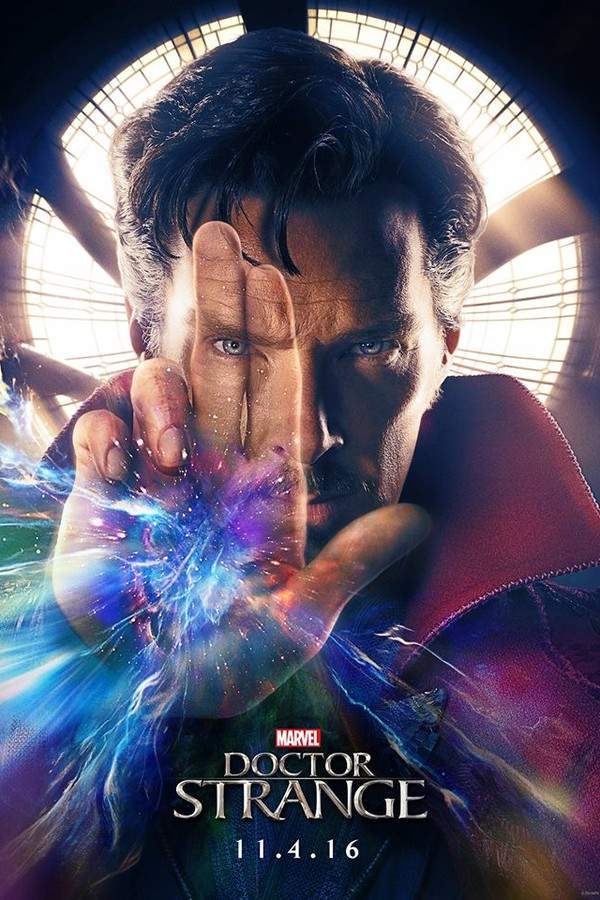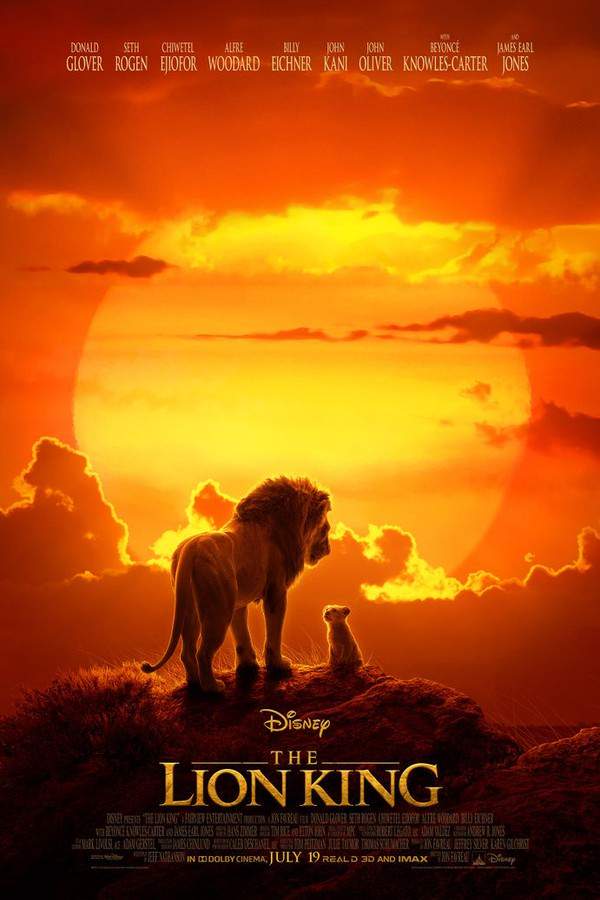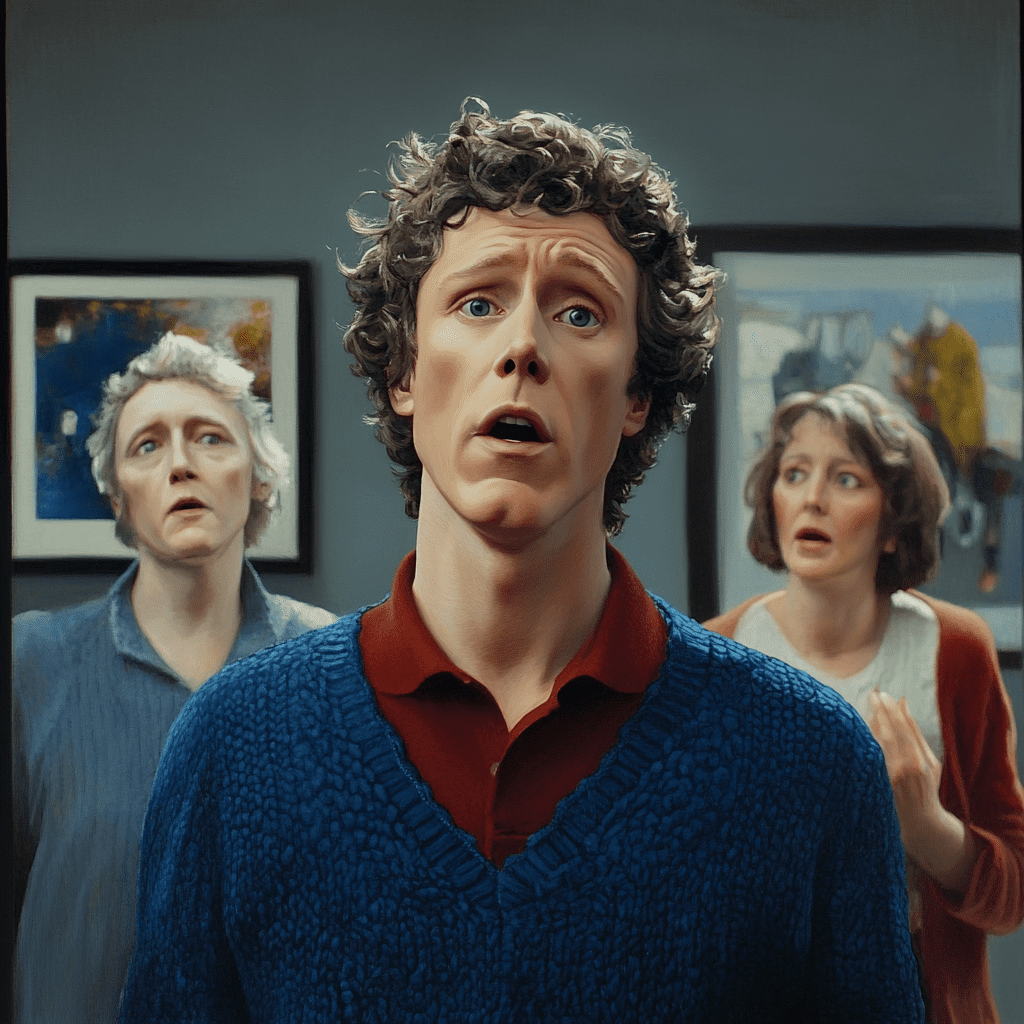What's After the Blog?
History • Technology
The Evolution of 3D Movies: From Gimmick to Mainstream
Explore the fascinating journey of 3D movies from their early experimental days to becoming a mainstream cinematic sensation in our comprehensive blog post.
May 19, 2024
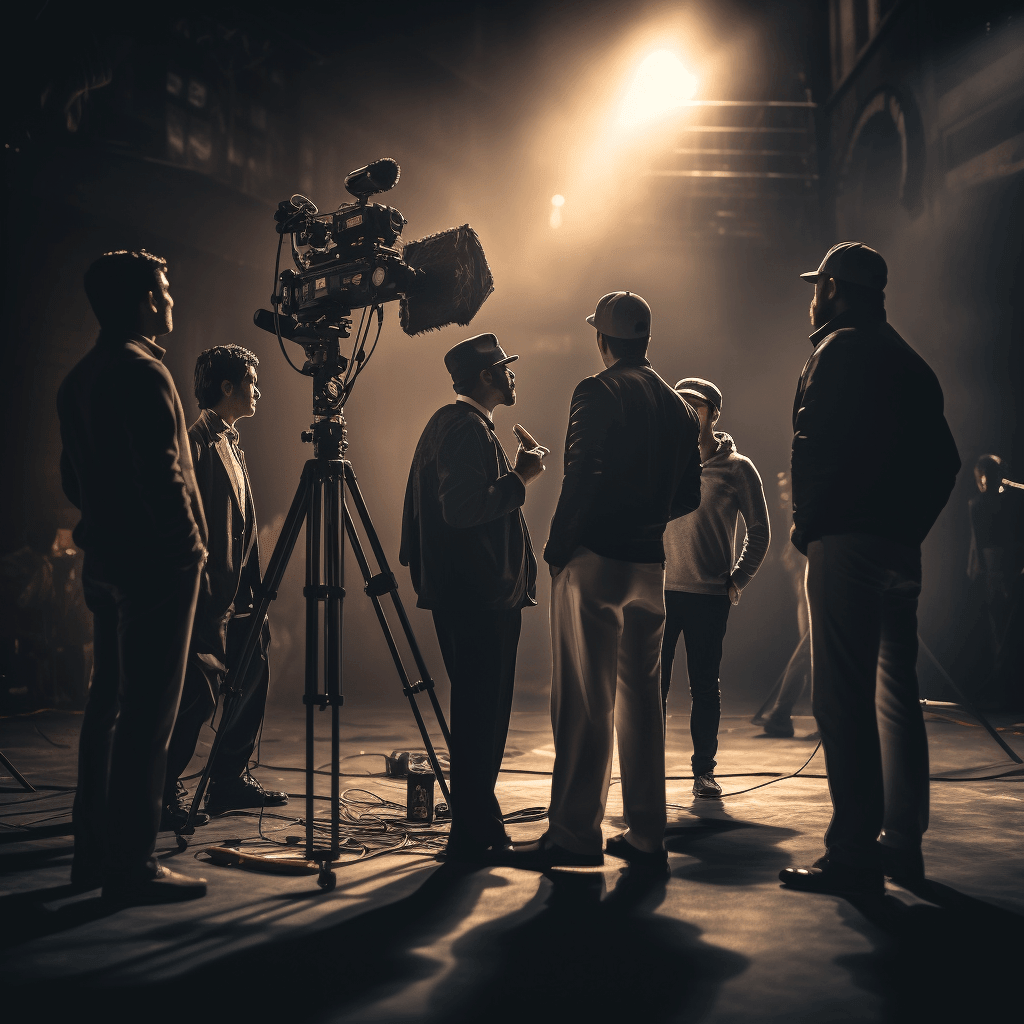
Movies mentioned in this article
The Evolution of 3D Movies: From Gimmick to Mainstream
Introduction
The world of cinema has constantly evolved, embracing new technologies to enhance storytelling and viewer experience. One such technology that has significantly impacted the film industry is 3D. The journey of 3D movies is a tale of technological innovation, artistic vision, and audience fascination. Originally seen as a gimmick in the early 20th century, 3D movies have since undergone a transformation, becoming a mainstream feature in cinemas worldwide. This post delves into the history of 3D cinema, tracing its path from the first experiments to its current status as a key component of the movie-going experience.
In the early days, 3D movies were a rarity, often used to create a novelty effect rather than as a serious filmmaking tool. However, as technology advanced, 3D became a way for filmmakers to add an extra layer of immersion to their stories, making the cinematic experience more engaging. Films like Avatar and Gravity have shown that when used effectively, 3D can significantly enhance the visual storytelling of a film, drawing the audience deeper into the world on screen.
The Early Days of 3D: A Novel Concept
The concept of 3D, or stereoscopic vision, is based on the idea that by presenting two slightly different images to each eye, a viewer can perceive depth, creating a three-dimensional effect. This technology first made its way into cinema in the early 20th century. The first confirmed 3D film shown to a paying audience was “The Power of Love”, screened in Los Angeles in 1922. This film used the anaglyph technology, where viewers wore glasses with red and blue lenses to achieve the 3D effect.
However, these early experiments were more of a novelty rather than a serious filmmaking technique. The first major 3D boom occurred in the 1950s, with movies like Bwana Devil in 1952 and House of Wax in 1953. These films used the Polaroid system, a significant improvement over the anaglyph technology, offering a more comfortable viewing experience. Despite this advancement, the 1950s 3D craze was short-lived. The cumbersome nature of the technology, the need for two projectors to be perfectly synced, and the discomfort caused by the glasses led to the decline of 3D movies by the late 1950s.
During the subsequent decades, 3D movies were sporadic and often still viewed as a gimmick. Films like Jaws 3-D (1983) and Friday the 13th Part III (1982) used 3D to enhance their shock value, but these were exceptions rather than the rule. It wasn’t until the advent of digital filmmaking and projection that 3D movies would start to be seen as a serious artistic tool rather than just a cinematic trick.
This initial period in the history of 3D cinema set the stage for the technological advancements that would later bring 3D into the mainstream. While these early films may not have fully realized the potential of 3D, they were crucial in demonstrating that audiences were eager for new and immersive cinematic experiences. The groundwork laid by these pioneering films and technologies paved the way for the resurgence and reinvention of 3D movies in the 21st century.
Technological Advancements: Making 3D More Accessible
The turning point for 3D cinema came with the digital revolution. The emergence of digital filmmaking and projection technologies in the late 20th and early 21st centuries revolutionized the way movies were made and shown. This era marked a significant shift, making 3D films more accessible and practical to produce and exhibit. Digital 3D eliminated the need for dual projectors, as the digital systems could handle the 3D imagery more efficiently, and the glasses became lighter and more comfortable.
A pivotal advancement was the development of RealD Cinema in 2003, which used a single digital projector that could alternate between left and right eye images, synchronized with high-tech, polarized glasses. This technology was not only more reliable but also provided a clearer and more immersive 3D experience. Films like Chicken Little (2005) and Monster House (2006) were among the early adopters of this new digital 3D format, showing the potential of 3D in animation.
However, it was James Cameron’s Avatar in 2009 that truly showcased the capabilities of modern 3D. Avatar was not just a film; it was an event that changed the landscape of 3D cinema. The film’s stunning visuals and immersive 3D effects demonstrated that 3D could be an integral part of storytelling, not just an added gimmick. Avatar’s success prompted a surge in 3D movie production, with many blockbusters opting to either shoot in 3D or convert the film into 3D in post-production. This era saw the release of numerous 3D films, from action-packed adventures like Marvel’s The Avengers to animated hits like Frozen.
The Resurgence in the 21st Century: Digital 3D
The 21st century marked not just a resurgence but a reinvention of 3D movies. With digital technology at its core, 3D cinema began to be seen as a legitimate artistic choice rather than a commercial gimmick. This period saw filmmakers exploring the depths of 3D technology, using it to enhance the narrative and emotional impact of their films.
Directors like James Cameron and Alfonso Cuarón, with films like Avatar and Gravity respectively, pushed the boundaries of 3D cinema. These movies demonstrated how 3D could create an immersive environment, drawing the viewer into the world of the film in a way that traditional 2D could not. For instance, in Gravity, 3D was used to convey the vastness and emptiness of space, intensifying the feeling of isolation and tension.
This era also saw the rise of 3D in animated films. Studios like Pixar and DreamWorks embraced 3D to add depth to their animated worlds, making films like Toy Story 3 and How to Train Your Dragon visually stunning experiences. The use of 3D in animation highlighted its potential to enhance storytelling in all genres of cinema, not just action or science fiction.
The adoption of 3D technology in mainstream cinema also led to its integration in other forms of entertainment, such as theme park attractions and virtual reality experiences. The influence of 3D movies extended beyond the cinema, affecting how we experience visual media in various contexts.
The resurgence of 3D in the 21st century reflects a broader trend in the film industry towards embracing new technologies to create more engaging and immersive experiences for audiences. As we continue to see advancements in filmmaking technology, it is clear that 3D will remain an important tool in the filmmaker’s arsenal, continually evolving and influencing the way we experience movies.
Why Do Some Movies Choose to Use 3D?
The decision to use 3D in filmmaking is not merely a technical one; it often reflects artistic and commercial considerations. Directors and studios choose 3D for various reasons, ranging from enhancing the storytelling experience to capitalizing on the commercial appeal of 3D movies. Films like Life of Pi and Doctor Strange exemplify the artistic use of 3D to add depth and dimension to their visual storytelling, making the cinematic experience more immersive and engaging.
From an artistic standpoint, 3D can be used to create a sense of depth and realism, drawing the audience deeper into the film’s world. It can emphasize spatial relationships in a scene, highlight action sequences, or simply make the visual experience more captivating. Directors like James Cameron and Ang Lee have been vocal advocates of 3D, using it to push the boundaries of cinematic storytelling. For example, in Life of Pi, 3D was used not just to enhance the visual spectacle but also to deepen the emotional connection with the story, making the fantastical elements more tangible.
On the commercial side, 3D movies often attract larger audiences and can command higher ticket prices, leading to increased box office revenues. This commercial aspect can be particularly appealing for big-budget blockbusters, where recouping the substantial investment is crucial. Movies like Avatar and Jurassic World have demonstrated the box office potential of 3D, drawing massive audiences worldwide and setting box office records.
”Do 3D Movies Make More Money?”
This question is frequently asked by both movie-goers and industry analysts. The answer is nuanced, as the financial success of 3D movies can vary widely. While some 3D films have achieved colossal box office success, others have not fared as well. The financial performance of a 3D movie depends on several factors, including the quality of the 3D effects, the nature of the film, and audience preferences.
Blockbuster films with visually stunning effects and family-friendly content tend to perform well in 3D. Movies like The Lion King (2019) and Frozen II benefitted from their 3D releases, adding to their box office success. In these cases, the 3D effects enhanced the visual spectacle, attracting audiences seeking an immersive experience. Conversely, films with poorly executed 3D or those that do not leverage the medium’s strengths may not see a significant financial benefit from their 3D release.
It’s also worth noting the global market for 3D movies, which can vary significantly. In some regions, 3D films continue to draw large audiences, while in others, the demand has waned. The overall success of a 3D movie, therefore, depends not only on its domestic performance but also on its international appeal.
In conclusion, while 3D can contribute to a film’s financial success, it is not a guaranteed formula. The quality of the film, the effectiveness of its 3D implementation, and the audience’s reception play crucial roles in determining whether a 3D movie will be a box office hit or miss.
The Viewing Experience: How 3D Alters Perception
The impact of 3D technology on the viewing experience is profound and multifaceted. When effectively implemented, 3D can transform a movie from a simple visual narrative into an immersive experience that engages multiple senses. This transformation is achieved by adding depth to the visual field, which allows viewers to perceive spatial relationships in a way that closely mimics real-life perception. For instance, in Avatar, the use of 3D enabled audiences to feel as though they were truly part of the lush, alien world of Pandora. The 3D effect added layers to the visuals, making the flora and fauna of the fictional planet leap off the screen and envelop the viewer in its vibrant ecosystem.
The psychological impact of 3D on movie-goers can be significant. It enhances the realism of the cinematic world, making the experience more engaging and emotionally resonant. In action-packed movies like Gravity, 3D intensifies the thrill and suspense by creating a more convincing depiction of space and motion. The viewers feel as if they are floating in space alongside the characters, experiencing their peril firsthand. This heightened sense of presence can lead to a more intense emotional response, making the film more memorable and impactful.
Moreover, 3D technology has also opened new avenues for storytelling. Directors and cinematographers can use depth as a narrative tool, guiding the audience’s attention and enhancing the storytelling. This technique can be seen in movies like Hugo by Martin Scorsese, where 3D is used not just for visual spectacle but also to add a layer of narrative depth, enriching the storytelling and character development.
Critics and Audiences: The Mixed Reception of 3D
Despite the technological advancements and the unique experiences that 3D movies offer, they have received a mixed reception from both critics and audiences. While some praise the added depth and immersion that 3D brings to cinema, others criticize it for various reasons, including the discomfort caused by 3D glasses, the dimming of the picture caused by the 3D effect, and the perception that it is often used more as a marketing tool than as an artistic one.
From the critics’ perspective, the use of 3D is often seen as a double-edged sword. On one hand, movies like Life of Pi and Avatar have been lauded for their innovative and effective use of 3D, which adds to the storytelling and visual splendor of the films. On the other hand, there have been instances where 3D is perceived as an afterthought or a gimmick, added to movies without significant enhancement to the narrative or visual experience. Films that undergo post-production 3D conversion, rather than being shot in 3D, often face criticism for lower quality and less immersive 3D effects.
Audience reception of 3D movies also varies. While some movie-goers actively seek out the 3D versions of films for a more immersive experience, others prefer the traditional 2D format, citing discomfort or a lack of substantial difference to justify the added cost of 3D movie tickets. The preference for 3D can also depend on the genre of the movie; action and fantasy films tend to be more popular in 3D, while dramas and comedies may not benefit as much from the format.
This mixed reception reflects the challenges and opportunities of 3D cinema. While 3D has the potential to enhance the cinematic experience significantly, its success depends on how well it is integrated into the filmmaking process and whether it adds value to the storytelling and visual expression of the film.
”Is 3D Here to Stay, or Is It Just a Passing Trend?”
The question of whether 3D is a permanent fixture in cinema or merely a passing trend is a topic of much debate. While the initial surge in popularity of 3D movies following the release of Avatar suggested a new era for cinema, the subsequent years have seen a fluctuation in the production and reception of 3D films. Factors influencing this include the quality of 3D experiences, audience preferences, and the evolving landscape of entertainment technology.
On the one hand, high-quality 3D films that effectively use the technology to enhance storytelling continue to achieve critical and commercial success. These successes suggest that there is a place for 3D in cinema, particularly in genres that benefit from the added depth and immersion, such as action, fantasy, and animation. On the other hand, the novelty of 3D has worn off for some viewers, and the additional cost of 3D movie tickets is a deterrent for others. This has led to a more selective audience for 3D films, with movie-goers choosing 3D experiences for particular films where the technology adds significant value.
Moreover, the rise of alternative technologies like virtual reality (VR) and augmented reality (AR) has introduced new ways for audiences to experience immersive storytelling. While these technologies are different from 3D cinema, their emergence has contributed to the broader conversation about how audiences want to experience visual media. As VR and AR continue to develop, they may offer experiences that compete with or even surpass traditional 3D cinema.
In conclusion, while 3D may not dominate the film industry as it once seemed it might, it remains an important and viable option for filmmakers looking to create immersive and visually captivating movies. The future of 3D in cinema will likely be characterized by a focus on quality over quantity, with 3D being used when it genuinely enhances the film experience.
Conclusion
The evolution of 3D movies from a cinematic novelty to a mainstream feature reflects the film industry’s ongoing pursuit of innovation and enhanced viewer experience. From the early days of anaglyph glasses to the modern digital 3D era, the journey of 3D cinema has been marked by technological advancements, artistic exploration, and fluctuating audience reception. While the future of 3D remains uncertain amidst emerging technologies and changing viewer preferences, its impact on the film industry is undeniable.
3D movies have shown us that cinema is not just about watching a story unfold on a screen; it’s about being immersed in a world, feeling a part of the narrative, and experiencing the story in a multi-dimensional way. As we look to the future, the lessons learned from the evolution of 3D cinema will undoubtedly continue to influence how filmmakers and technology innovators create new and engaging ways to experience movies.
For more insights into the world of movies, from behind-the-scenes facts to the latest in film technology, be sure to visit our What’s After the Movie (ATM) Blog. Whether you’re a movie buff or just looking for details on your next cinema outing, ATM offers a treasure trove of information to enhance your movie-going experience.
Continue reading

What's After the Movie?
Not sure whether to stay after the credits? Find out!
Explore Our Movie Platform
New Movie Releases (2025)
Famous Movie Actors
Top Film Production Studios
Movie Plot Summaries & Endings
Major Movie Awards & Winners
Best Concert Films & Music Documentaries
Movie Collections and Curated Lists
© 2025 What's After the Movie. All rights reserved.





